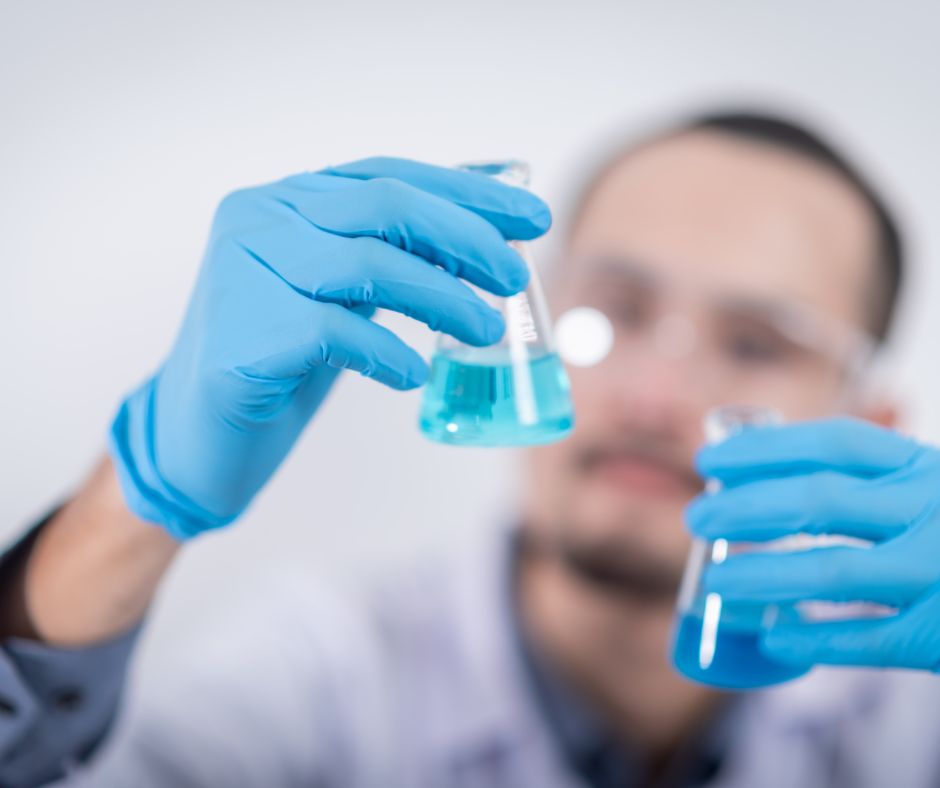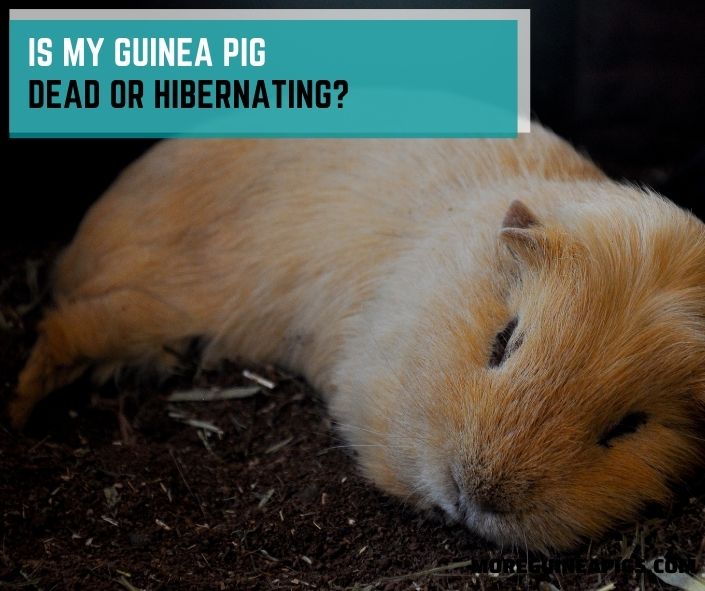How To Put A Guinea Pig Down At Home
Having our pet’s best interests at heart is a great quality of caring for pet owners and vets. Guinea pigs can become terminally ill or very old and cannot handle being sick as it will be quite painful for them. A great way to ease your guinea pig’s pain is by putting it to sleep (euthanasia).
There are several ways to put down a guinea pig at home. A common way of putting down your guinea pig at home is by using carbon dioxide. However, before you put down your guinea pig, you should be sure of the diagnosis.
In this article, we will describe everything you need to know about putting down a guinea pig at home, from how to go about the process to the alternative methods available.
How To Put A Guinea Pig Down At Home

We are sorry that you are going through this stage with your pet. However, putting your guinea pig to sleep can be a good way to help ease their pain. The best way to put down your guinea pig at home is by using carbon dioxide (CO2).
A great thing about using carbon dioxide is its anesthetic effect. Furthermore, using carbon dioxide is the only method you can safely use at home, and it is approved by the American Veterinary Medical Association (AVMA).
Note that it is usually safest and easiest to have a vet euthanize your pet.
Euthanasia for Guinea Pigs with Carbon Dioxide
Carbon dioxide is an odorless gas but heavier than air. There are some medical purposes where a 7.5 concentration of the gas serves as a pain reliever. However, using 30-40% of CO2 can work as an anesthetic.
Using this for your guinea pig will only cause a rapid loss of consciousness, and it will not feel any pain.

How To Create Carbon Dioxide
The best thing about using carbon dioxide is that you can easily create it at home. Some of the ingredients needed for creating carbon dioxide are:
- Measuring cup and spoon
- A big box of baking soda
- A gallon of vinegar or 5% acetic acid
- A plastic bag
- Container jar that will fit your pet
- Cloth
- Cable tie or rubber band
- A vinyl hose around 3ft in size and has an inside diameter of ½ inch.
Note: mixing baking soda with vinegar or 5% acetic acid will produce bubbles known as carbon dioxide gas. Mixing 1g of baking soda with 15ml of vinegar or 5% acetic acid will create 291ccs of CO2.
This means 1.2 tablespoons or 3.7 teaspoons of baking soda mixed with 1 cup of vinegar can be used to create 1.2 gallons of CO2.
Furthermore, using 1.22 cups of baking soda to mix 1 gallon of vinegar can be used to produce 20 gallons of CO2.
Steps To Make A Carbon Dioxide Chamber
Here are the steps for making a carbon dioxide chamber
- Pour three tablespoons of baking soda into the bottom of the plastic bag.
- Place the 3ft piece of ½ inch vinyl hose outside.
- Use a rubber band or tape to secure the top of the cup.
- Use a measuring cup to pour 2 cups of vinegar into the plastic bag.
- Wrap the plastic tightly around the vinyl hose and then use a cable tie to secure it to avoid spilling the gas mixture.
Guidelines Using Carbon Dioxide For Guinea Pigs
Now that we know how to make carbon dioxide, the next thing is how to use it to put your guinea pigs down at home.
- Once you have all your ingredients ready, you can pour the three baking soda tablespoons into the plastic bag.
- Put a cup through the plastic bag where you will gradually pour half of the vinegar slowly for a minute.
- The gas will start to fill the bag and will then flow into the tube directly to the jar where you kept your guinea pig.
- The guinea pig should be in a deep sleep while breathing deeply in 1-2 minutes.
- You can then try to shake your cavy to determine if there is no movement and ensure the carbon dioxide is working well.
- Pour the remaining vinegar into the bag to help create a high concentration of carbon dioxide into the chamber.
- Your guinea pig will stop breathing in a minute or even in seconds.
- Wait for about 20-30 minutes before you check the chamber.
Note: Ensure that the vinyl hose does not fall in the baking soda and vinegar mix. You should also avoid opening the jar because your pet can wake up if oxygen mixes with the solution.
Other Methods For Putting Guinea Pig Down
There are several other methods that you can use to put down a guinea pig at home. However, most of these methods are less humane. Some of them are stated below.
- Asphyxiation using CO2 followed by decapitation.
- Inhalant anesthetic overdose followed by decapitation
- Inhalant anesthetic overdose (via desiccator jar) followed by decapitation
- Inhalant anesthetic overdose (via desiccator jar) followed by major organ harvest.
- Vital perfusion under injectable anesthesia
- Injectable anesthetic overdose (Pentobarbital).
Personality Thinking From Petsive
As a caring cavy owner, the last thing you want for your guinea pig is that it does not suffer during its final moments. The best way that you can ensure that your guinea pig will be put down safely and painlessly is by taking your guinea pig to the vet.
Another thing is just to wait and allow nature to take its course on your guinea pig.
Wrapping Up
It is quite a difficult moment for most pet owners when it comes to putting their pets to sleep.
Although this can be a hard moment, you will feel relieved that your adorable guinea pig can rest calmly and can be free from pain. However, it is recommended that you first consult with your vet before you decide to put down your pet.






